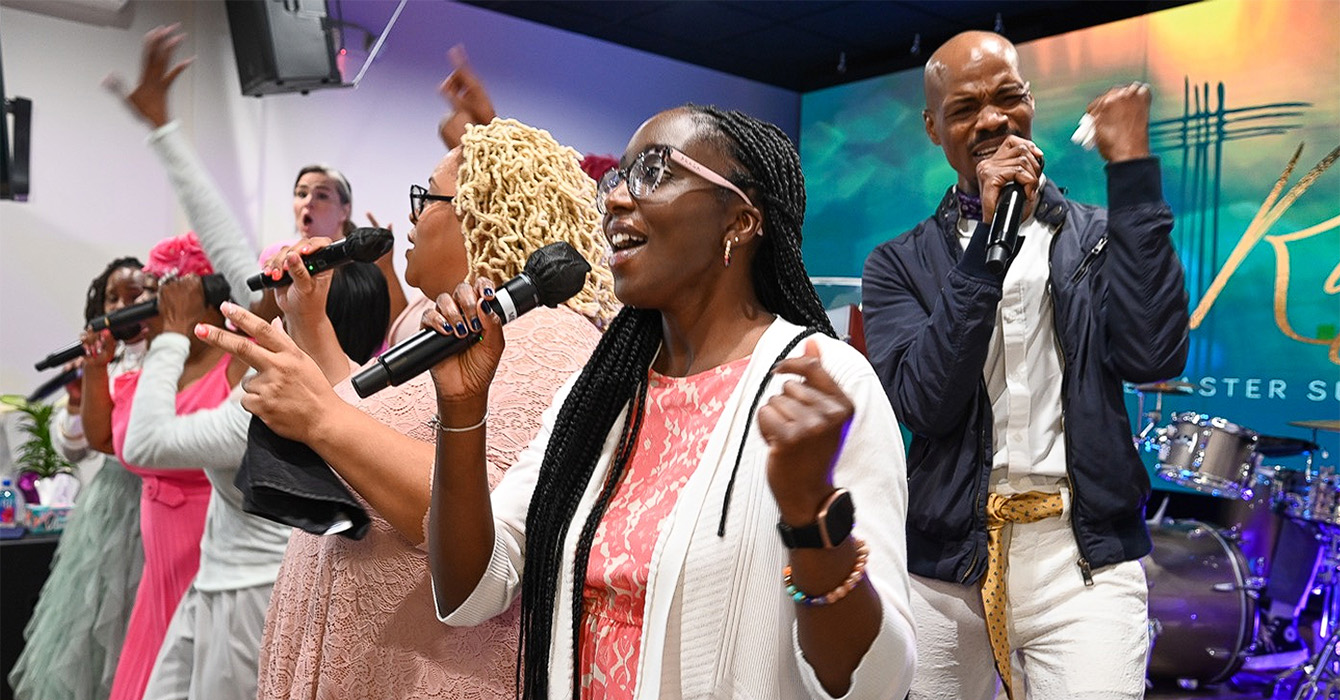Of all the dramatic shifts since 2020, what change has affected you most directly? Is it the friends that you lost? The work that you do? What you eat or wear? When and why you go out?
One of the most dramatic changes for me is the people I work with. Literally, those in the jobs that surround me. Nearly 50% of the current workforce at Duke University and Duke University Health System has been hired since the beginning of 2020 — more than 21,000 people. The overwhelming majority of the new hires are not for new positions. These folks are replacing others who left. In my own department, six people are new since 2020, and if you start counting a year earlier, the number grows to eight. More than half the department is new since 2019.
I see signs of this level of turnover in many places. Our department supports 115 grantees in Lilly Endowment Inc.’s Thriving Congregations Initiative. These projects were funded a couple of years ago. In 2022 alone, about 25% of the projects reported hiring a new project director.
Our university’s longtime chief academic officer once observed that he was pleased to see a turnover of about 5% a year in faculty and staff. I was surprised at the time, because I think of tenured faculty as not changing often. This provost retired years before COVID-19. I wonder what he thinks about the current situation.
I am sure it is helpful to consider the reasons for all these changes. But when I realized that nearly every organization with which I work has undergone similar turnover in the last four years, I started focusing less on explanations and more on how to respond. If saying goodbye and hello to a significant number of people is the new normal, what do I need to do?
It might seem simple, but new people need time — which also requires our time. They need our help doing things, from finding files to getting a computer working properly. They also point out when processes and documentation are out of date or missing, which then takes even more of our time to correct.
In my experience, the pandemic, with the resulting lockdowns and scrambling to adjust, caused many well-established procedures to be forgotten or to fail completely. Very few things work as well now as I remember them working before. The number of gaps that need repair or redesign exceeds the time available for such work. So we keep working harder, but with diminished results.
Making the most of so many transitions requires a purposeful slowing down. At one level, we need to slow down to get to know the new people. We also need to slow down to figure out what is not working and why, as those new people help focus attention on specific problems in our system.
Slowing down after years of urgent pivoting does not seem natural. Many of us learned to work independently during the lockdowns. Some find reconnecting and depending on others difficult. New colleagues force the question about how to do things differently.
Perhaps we need to slow down before even looking for new people. Maybe we can think carefully about the types of work needed in this season. Susan Beaumont, one of the leading church consultants in the U.S., recently suggested that congregations need to reconsider the jobs for which they hire.
She noted that the previous pattern for developing a church staff was to hire a generalist pastor and then hire program specialists for areas like music or youth or education. After several program staff were added, then the administrative team would be increased.
Yet her research indicates a coming shift: “This sequence for developing the staff team — program first, admin later — is reversing itself. Church futurists predict that traditional programming will not be the driving force for growth. Instead, advances in digital ministry and resources for building faith intergenerationally and in family units will be in greater demand. Many churches will de-specialize their program teams — with smaller numbers of clergy and program staff serving broader constituent groups.”
If you think that Beaumont is on to something but you cannot figure out what this means for your context, then welcome. Most of us are in the same boat on this one. The shift away from traditional program planning and staffing that Beaumont is suggesting applies to many types of organizations beyond congregations. Such a change in responsibilities is hard on long-term employees, volunteers and more. Maybe we don’t want to slow down, even for new people, because this type of change is so difficult.
What is your situation? What types of roles are needed in your ministry today? Do you need experts in technology the way congregations once needed a skilled organist? Does your organization need skilled communications professionals to create messages that spread the word through social media or text messages?
Do you need colleagues who understand deeply the opportunities and challenges facing various communities with whom your organization works? A racially and ethnically diverse staff can be crucial to functioning with sensitivity to every opportunity or challenge. Creating a safe and productive environment for a diverse group of people requires focused effort.
Whatever your answers to these questions, a first step is to slow down.
When I talk with colleagues in other organizations, I hear many struggling with similar questions. I have started asking, “What are you trying? What are the results? What are you thinking about doing next?” Maybe such questions are an early step in the process of slowing down and giving us all a chance to adjust to the “new.”
Slowing down as a strategy requires much careful thought. Most of us cannot simply stop everything. We have to prioritize. What must go forward? What can be paused? What should we reconfigure, re-imagine or replace?
If we can pay attention to the caution sign offered by new people, it is possible that we can slow down enough to design a better situation that will help everyone.
Making the most of so many transitions requires a purposeful slowing down.













